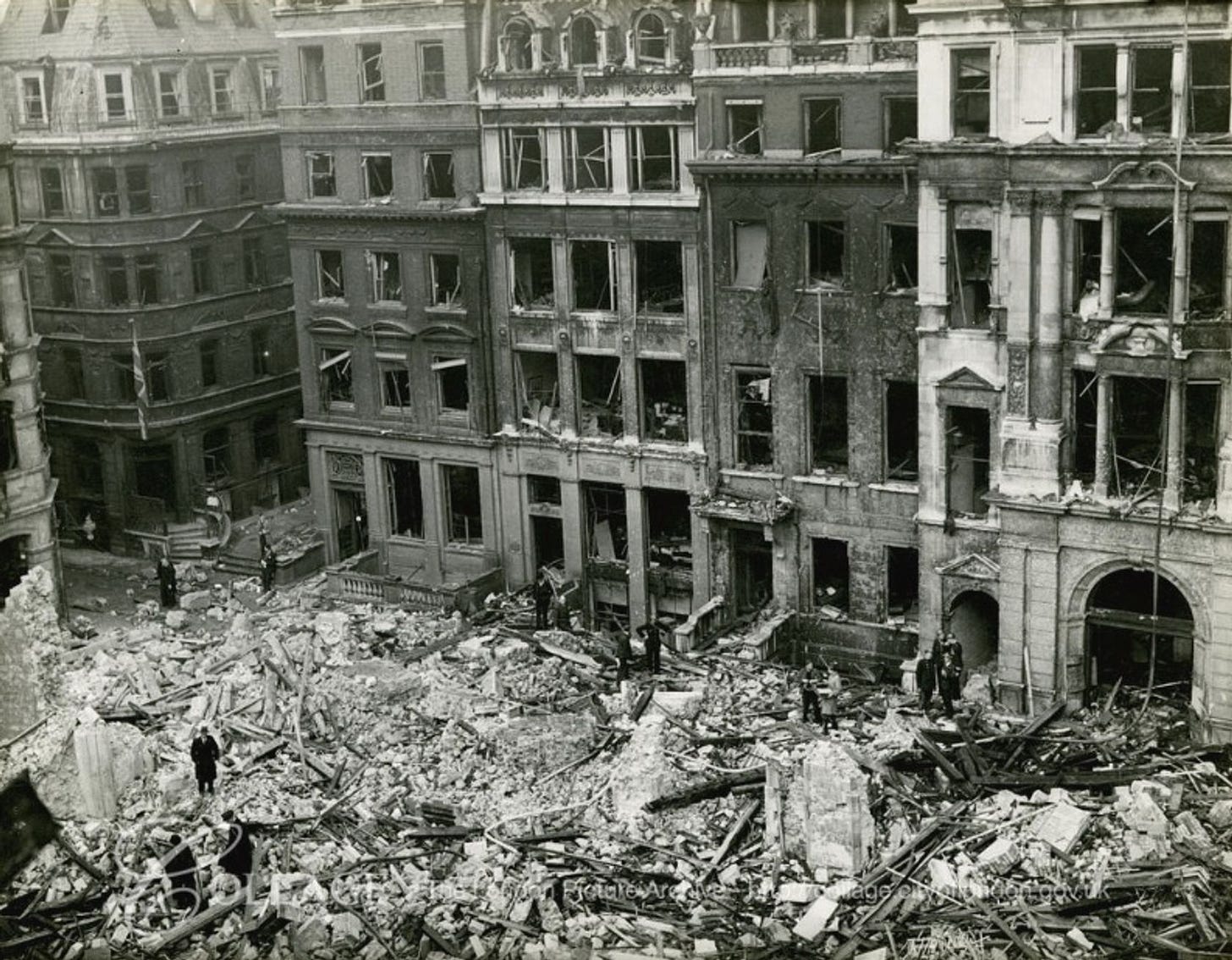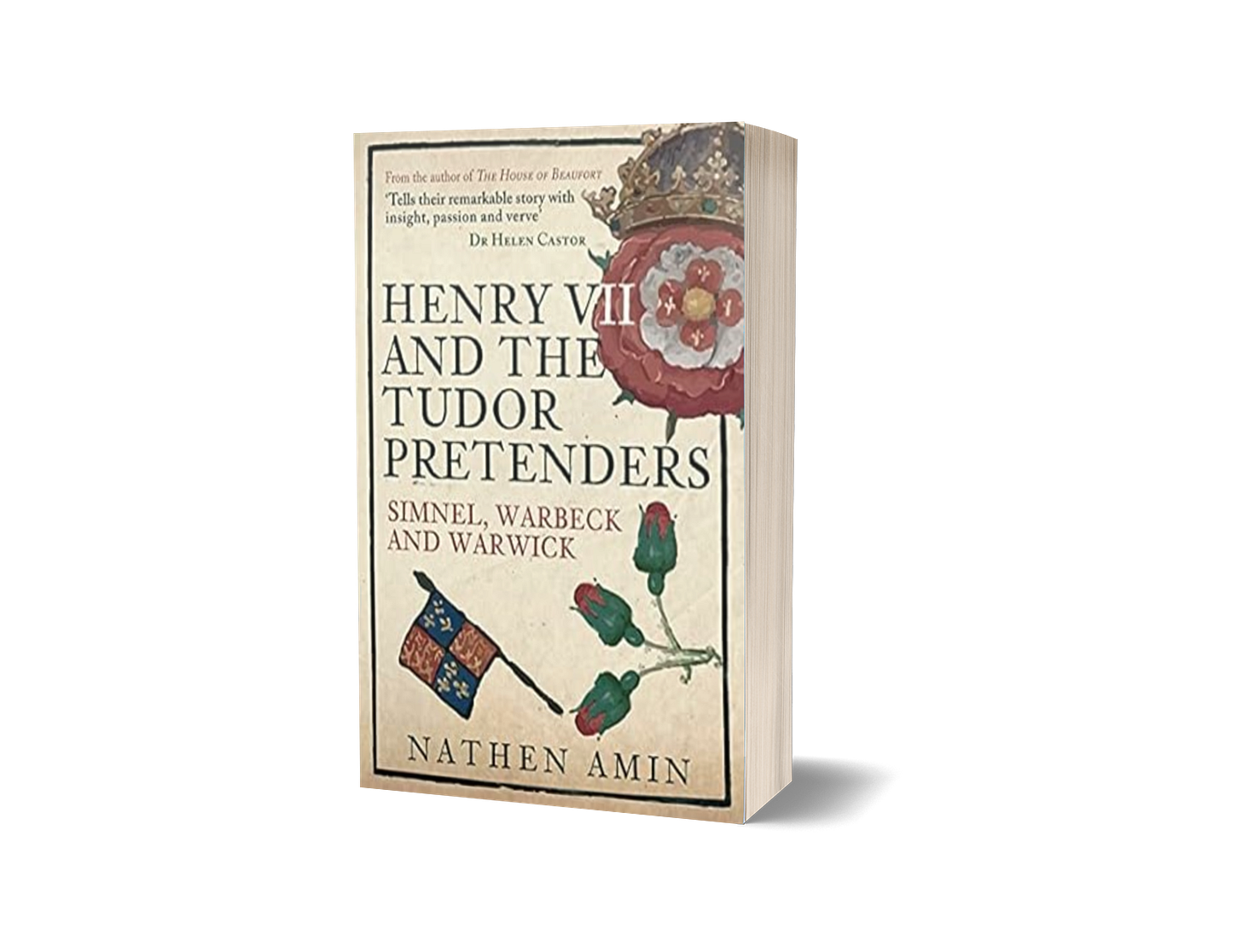Perkin Warbeck's Resting Place
And why we should not expect to unearth the Pretender any time soon, if ever.
On the morning of 23 November 1499, the blonde-haired prisoner was roused from his bed in the Tower of London and prepared for his final journey. His near-decade imposture of a Yorkist prince, now confessed by himself to have been fraudulent, was reaching its inevitable conclusion.
Forced to walk through the centre of London, past a jeering mob that thronged the streets for one last glimpse of this would-be king, the crowd now understood this figure to simply be Pierrechon Werbecque of Tournai. History would remember him as Perkin Warbeck, though some maintain he truly was Richard of York, the youngest of the Princes in the Tower.
His journey came to an end at Tyburn, the traditional place of public executions for those beneath the nobility. We are told by one observer, The Chronicle of London, that Warbeck was met by ‘a great multitude’ of people, who gathered around a small scaffold atop which a makeshift gallows had been erected.
Granted the courtesy of some final words, Warbeck was heard to confirm for a final time he was not a Yorkist prince, saying ‘upon his death that he never was the person which he was named nor any thing of that blood’. He was, rather, ‘a stranger born likewise as before he had showed, and that he named himself the second son of King Edward by the means of the said John Atwater there present’. Warbeck was referring to the man who was to be hanged next to him, a Yorkist rebel and sometime mayor of Cork who had been at the forefront of the conspiracy from it very beginnings.
With the noose around his neck, according to the Great Chronicle, Warbeck, ‘there upon the gallows took his death patiently’. Polydore Vergil was more judgement, scornfully noting ‘This was the end of Peter Warbeck, who despised his humble origin, and by twisting falsehood into truth, truth into falsehood, deceived many, including men of considerable standing, until at last he fell upon the scaffold, victim of his own deceit’.
Once death was verified, Warbeck was cut down and posthumously beheaded. His head was spiked upon two poles and placed on display on London Bridge, whereas his mutilated body was, we’re inform by the Great Chronicle, "conveyed unto the Augustinian Friary and there buried". It is not clear who paid for this - we know, for example, that for the burial of Edward, Earl of Warwick, one week later, Henry VII personally paid for the interment of a recognised noble of royal blood.
So where does Perkin Warbeck lie today, and is there any hope that one day through the magic of science we may find out, conclusively, whether or not he was one of the Princes in the Tower? Well…we no longer know and therefore no, seem to be the simple answers to those often asked questions.
The Austin Friars was founded in the mid thirteenth century, supposedly by Humphrey de Bohun, 2nd Earl of Hereford, upon his return from Crusade (you can read a fascinating thesis on the friary here). Over the centuries, it grew to cover a couple of acres in the heart of the city, dominated by the impressive church around which the precinct was arranged, finished probably in the 1370s.
At its peak, Austin Friars was home to around sixty monks, and its ‘most fine spired steeple, small, high, and straight’, was particularly lauded by the Elizabethan antiquary, John Stow, who had not ‘seen the like’ elsewhere in the metropolis.
Its boundaries, demarcated by large stone walls for privacy, were Bound Street to the east, London Wall to the north, and Throgmorton Street to the west. At least three gates provided access, the largest being the Throgmorton gate which also provided entry to the graveyard.
Close to the corridors of power in the heart of the medieval city, the friary would be patronised by some wealthy benefactors, and some notable sixteenth century neighbours included Desiderius Erasmus, the Imperial Ambassador Eustace Chapuys, and from 1520s onwards, a rising courtier named Thomas Cromwell. It would be on Cromwell’s command at the height of his powers that Austin Friars was dissolved in 1538, and he himself would take ownership of some of the seized lands to augment his imposing three-storeyed brick mansion, one of the grandest in the city with at least fourteen rooms and three wings.
We know that he apparently planned a tennis court and bowling alley on one of the plots he had acquired. After his fall in 1540, the land and house were bought by the Worshipful Company of Drapers, who still have their hall on the site. As for much of the rest of the Austin Friars site, this passed into the ownership of the Paulet family, who by 1541 held three-quarters of the precinct. The friary church itself seems to have been neglected during this period, and in late 1544 was even reported to have been used as a storage facility for wine and fish captured during the war with France. In years following, it also became storage for alum, corn, and coal - beneath all of this may have lain the resting place of Perkin Warbeck.
As a consequence of the Reformation, largescale Protestant migration from the Low Countries and Germany led to Edward VI signing a charter in 1550 which granted the nave of the friary church, now known as the ‘Temple of the Lord Jesus’, to these ‘strangers and aliens of foreign countries and nations’. In time, the nave became known as the Dutch Church on account of its congregation, a name it retains today (Nederlandse Kerk Londen).
In many ways, this seems appropriate for Warbeck when one considers the deep connections he enjoyed with Flanders - he had, by his own account after capture, been born and raised in nearby Tournai, and in giving his name as the Flemish variant Piers Osbek perhaps revealed he was of a Flemish background.
In his early teens, Warbeck also states he was sent by his mother to Antwerp for six months to stay with a cousin to learn the Flemish language, also living intermittently in Bergen Op Zoom and then Middelburg in Zeeland. As an adult, he would return to Flanders to spent two years at the court of his ’aunt’, Margaret of York, dowager duchess of Burgundy.
Frustratingly, no trace of the medieval church in which Warbeck was buried, however, exists. The nave of the church managed to survive the Great Fire of London in 1666 and another fire in 1862, only to be obliterated by a German bomb during the Blitz on the night of 15 October 1940.

Among other notable traitors who were buried here, whose remains are now lost through the ravages of time, fire, and bombs, include John de Vere, 12th Earl of Oxford, and his son Aubrey in 1462, William Collingbourne in 1484, Sir James Tyrell in 1502, and Edward Stafford, 4th Duke of Buckingham in 1521. Even if remains are one day found beneath the mass of modern office blocks which now litter the area, it is highly unlikely any could be identified as Warbeck.
It is possible, as a mere traitor of ignoble birth, at least in the eyes of the Tudor authorities, that Warbeck was laid to rest outside the church buildings itself and in the cemetery that once stood to the south, just behind the tenements that lined Throgmorton Street. A largescale excavation in 1910 revealed no evidence of graves as to be expected, though in 1950 did find two grave pits.
The church that now occupies the storied plot was rebuilt between 1950-1954 and can be reached by any one of a number of passageways from the surrounding roads. It is a veritable oasis of calm during the day in one of the busiest parts of London, and worthy of a detour.
In the end, Warbeck’s execution brought an end, in the words of the seventeenth century antiquarian Francis Bacon, to ‘one of the longest plays of that kind that hath been in memory, and might perhaps have had another end, if he had not met with a King both wise, stout, and fortunate’.
Unfortunately, Warbeck’s final resting place remains as elusive to us today as his real identity does, an enigma in life and in death.
To learn more about the life of Perkin Warbeck, please do consider picking up a copy of my bestselling book Henry VII and the Tudor Pretenders: Simnel, Warbeck and Warwick’, which is available from all reputable and some not so reputable book retailers.
If you have enjoyed this post, please consider subscribing (completely free!) to receive future posts directly to your inbox. This will include historical snippets, book news and extracts, event details and also some insight into the world of the historical author.
If you’ve already subscribed, you are awesome and Vera says MIAOW with her paw raised in respect.








Love these details about Austin Friars. Thank you for sharing, Nathen.
Fascinating and informative as always! Thanks for posting!